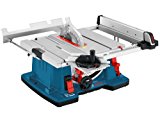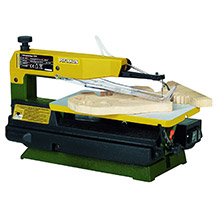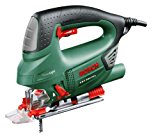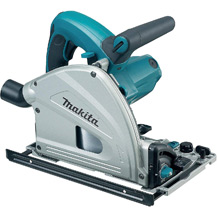Chainsaw purchasing advice: how to choose the right product
- What You Need to Know
- Chain or power saws are powerful petrol or electric saws that can easily chop wood and quickly fell trees.
- When buying a chainsaw, it is important to consider the speed of the saw, the power of the engine and the length of the saw-bar.
- Since the work involves a high safety risk, there are some rules to follow – from proper handling of the saw to safety clothing.
- Regular maintenance includes sharpening and tensioning the chain and refilling chain oil regularly.
What makes a chainsaw?
A chain saw – also known as a power saw – can be used to cut and process wood more quickly and easily than a conventional hand saw. The saw chain, which in this case is the saw blade, is pulled onto the sword-like guide bar. The powerful tool is equipped with a petrol or electric motor that facilitates the cutting of wood and the felling of trees. Thus, the chainsaw is not only used in the private sector, but also frequently in agriculture and forestry. The fire brigade sometimes uses the chainsaw during rescue operations, for example to saw open the doors of accident vehicles. Since handling chainsaws is very dangerous, you must observe some safety rules.
Different types of chainsaws
A distinction is made between petrol, electric and battery-powered chainsaws. Since they are suitable for different applications, you should decide which type of drive you want to use depending on the extent to which you will use the chainsaw and what you will be doing with it.
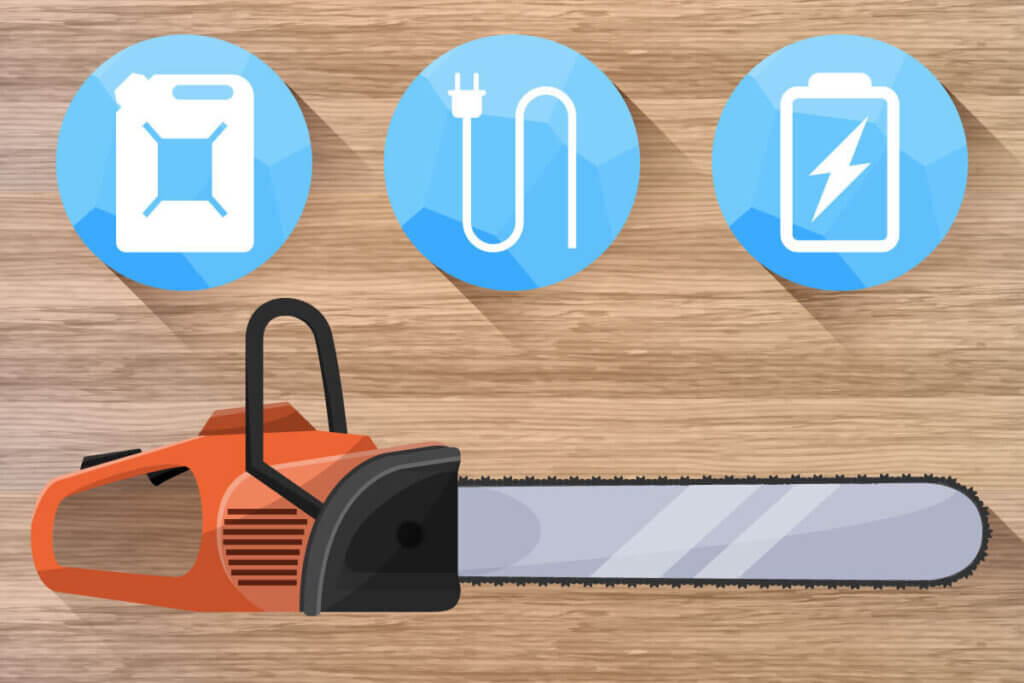
Petrol chainsaw
Due to their high performance, petrol chainsaws are used for professional work such as felling in the forest. Especially when thick trees have to be felled or a large area has to be worked on, this variant shows its strength. It often has a longer saw blade than the electric versions. On the other hand, it is much heavier and usually more expensive to buy. As it runs on petrol, it may only be used outdoors because of its exhaust fumes. With a petrol chainsaw you are relatively flexible because it has a long running time, does not need a cable and can even be used in the rain.
Electric chainsaw
The electric chainsaw can be used for finer work, for example when you want to trim something or cut smaller pieces of wood. It is connected to the mains supply by a cable, which gives it unlimited running time. An electric chainsaw is lighter and less noisy. A disadvantage is the cable, which restricts the user’s reach. It is also a potential source of danger if you or other people trip over the cable or saw through it. On top of that, you cannot use the electric saw in wet weather.
Cordless chain saw
A cordless chain saw also has an electric drive, but it is powered by a rechargeable battery. This means you are not dependent on a fixed power supply or petrol. However, the batteries have a rather short runtime of 25 to 30 minutes, which is why a cordless saw is not intended for extensive work. On the other hand, it is easy to maintain and the quietest chainsaw model. Nevertheless, you should always wear hearing protection when working with such a tool, regardless of the model. The cordless chainsaw is usually a little more expensive than the corded version.
Mixing petrol and oil
Remember that you must always mix some engine oil into the fuel for petrol chainsaws. The ratio depends on the manufacturer and model, but is usually 1:25 or 1:50. Some companies already offer ready-mixed fuel that is compatible for engines of all in-house equipment.
Important points about the chainsaw
A chainsaw is a complex piece of equipment. Find out exactly about the details of your model and be clear about the scope and environment in which you will be working with the tool.
Speed
The speed at which the chainsaw operates is usually given by the manufacturers in metres per second. A high speed is recommended for work of a large scale or on thicker tree trunks. Most saws reach a speed of 12 to 16 metres per second, which is usually sufficient for this. However, there are also models that manage more than 20 metres per second.
Power
There is a similar basic rule for power. For regular or extensive work, the chainsaw should have an output of between 1,500 and 2,500 kilowatts. For rare occasions, on the other hand, a less powerful device is sufficient.
Volume
A chainsaw runs at a volume of up to 100 decibels. This is about as loud as a rock concert. Therefore, always wear hearing protection when working and observe the legal quiet hours. In Germany, it is permitted to work with a chainsaw between 7 a.m. and 8 p.m. from Monday to Saturday.
Weight
A heavy weight of your tool will become noticeable more quickly and holding it will become strenuous over time. Manufacturers usually state the weight without the saw blade, chain and fuel. Also bear in mind that you will always encounter some resistance when sawing and will have to apply extra force. Take sufficient rest breaks if you work longer or feel that the tool is getting too heavy.
Blade length
The length of the saw blade, also called the bar length, determines how thick the wood you want to cut can be. A minimum of 35 centimetres is recommended, which is equivalent to being able to cut trees that are 35 centimetres thick. For thicker logs, there are also chainsaws with a blade length of up to half a metre.
Fuel tank
Remember that a large fuel tank has a significant impact on the overall weight of the chainsaw. The advantage of this is that you will have to refill less often. However, if you work for a long time and have to guide the tool for a long time, a smaller and therefore lighter tank is recommended, which you should fill up more often.
Catalytic converter
Some petrol chainsaws are equipped with a catalytic converter. If you use the saw frequently, this detail should be important to you. A catalytic converter filters pollutants out of the exhaust gases, which results in lower exhaust pollution. This is not only better for nature, but also for people working around you.
Safety is paramount
Using a chainsaw is extremely dangerous. Therefore, it is essential that you take some safety precautions and follow some rules. This starts with your work clothes and ends with careful working on your part as well as on the part of the people around you. Always be concentrated at work. Also, do not approach out of sight of a person who is handling a chainsaw.
Sturdy and safe protective clothing is essential when working with a chainsaw. This includes:
- Sturdy protective gloves that do not slip and have a firm grip.
- Padded protective trousers and jacket
- Safety shoes, preferably with steel toecaps
- Helmet (against falling branches)
- Safety goggles or visor against wood splinters and chips
- Hearing protection
The use of a chainsaw on a ladder is strongly discouraged. Make sure that you stand securely on the ground and cannot fall over parts lying around or get caught on branches. If you have an electric chainsaw, the cable should always be behind you so that it does not become a tripping hazard. Long hair or clothing that can get caught in the saw is also a potential risk. Therefore, always make sure that nothing can hang in the working area of the saw blade.
To help you keep your balance, hold the chainsaw close to your body. Always grasp it firmly with both hands on the handles provided. Do not guide the tool above shoulder height and, if possible, always cut from the top down. Take into account that there is a recoil when you cut with the tip of the saw blade in front.
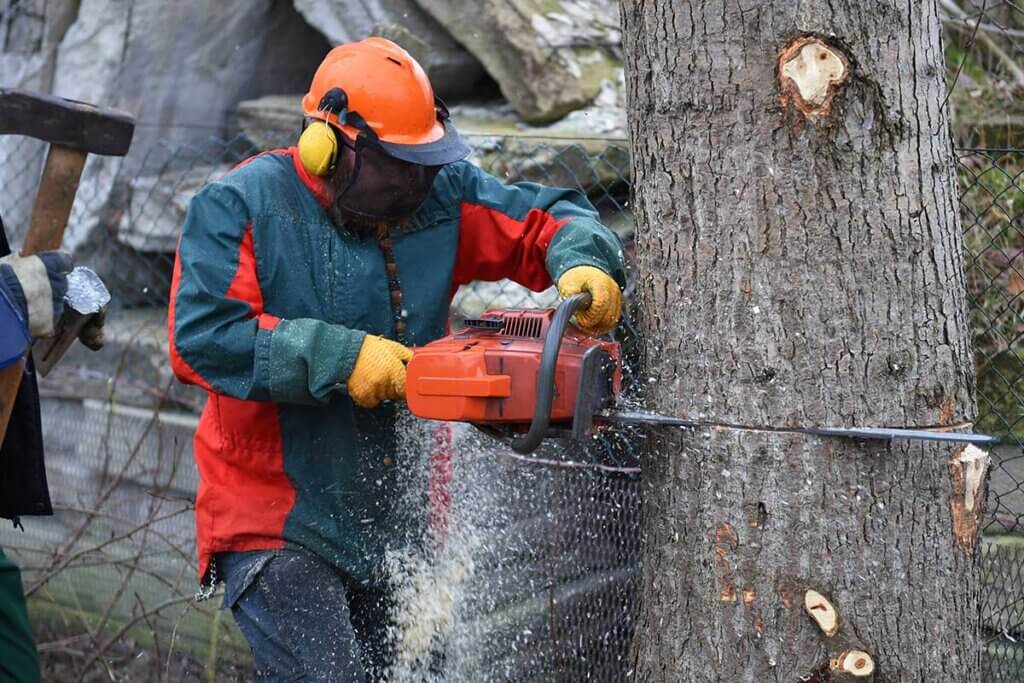
Protective elements on the unit
There are some safety features on the chainsaw itself on most models. The chain brake stops the rotation of the saw blade immediately when you switch off the tool. The chain therefore does not continue to run on the guide bar. For transport and storage, there are plastic covers that can be put over the saw-bar. This way it does not pose a risk of injury. On top of that, the chain itself remains better protected if it sits in the garage for a while.
A hand guard on the top of the tool prevents the fingers of the hand you are using to guide the saw from getting too close to the saw blade. If the guard is pushed forward, the chain blocks immediately. A second hand guard is located below the gas switch, which you use to keep the saw running. If the chain breaks and strikes backwards, it cannot reach your hand.
Care and maintenance of the chainsaw
To ensure that you can use your chainsaw for as long as possible and that it does not wear out too quickly, you need to look after the tool. This includes, above all, regularly oiling the chain. In addition to the fuel tank (for petrol chainsaws), the tools have a smaller container for engine oil. Fill this up before each use of the chainsaw so that the chain is automatically re-oiled. This reduces friction and heat build-up, which reduces wear on the chain. If you neglect this maintenance step too much, it will automatically result in faster wear of the chain.
There is mineral oil that can be stored for a particularly long time and is gentle on the chain bar. Vegetable motor oils do not last quite as long because they can resin quickly, but they adhere better to the bar and flow faster. Edible oils should rarely be used as an alternative. Although they also have a certain lubricating effect, their consumption is significantly higher due to the lack of additives. If you use the chainsaw frequently, you should therefore use special engine oil.
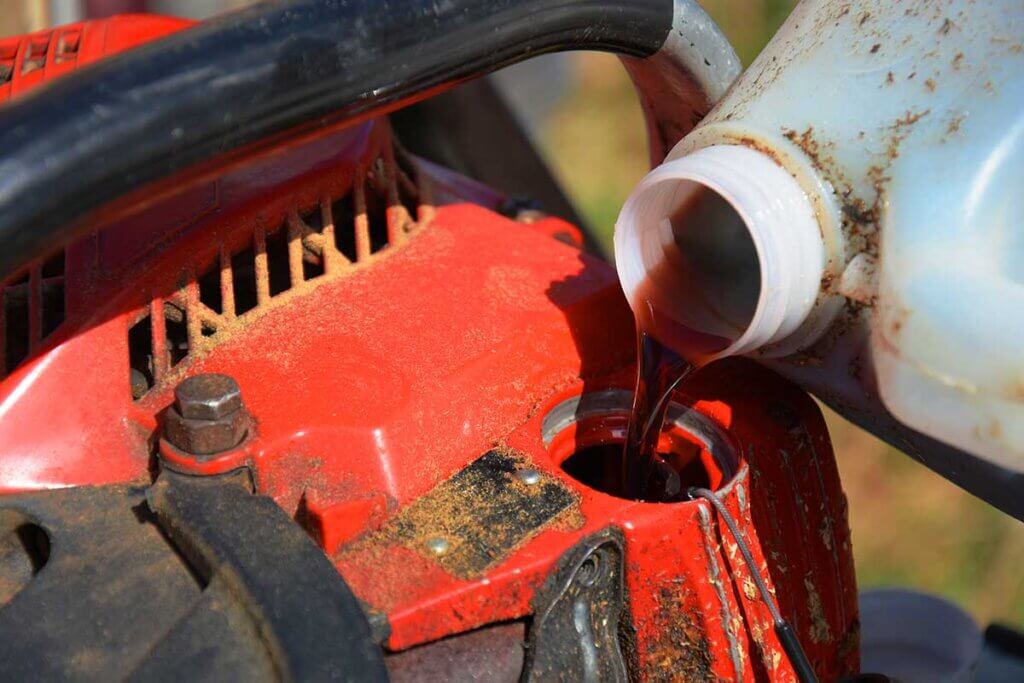
After every longer period of use, you should remove oil residues from the chain and the guide bar. These often mix with dust and sawdust, creating small clumps in the chain links. Although this is not harmful to the saw, it can result in a longer working time. Use a brush or a compressed air cleaner to remove the coarsest dirt from the working materials. Before storing the chainsaw over the winter months, give it a thorough cleaning.
How do I tension a chain?
The saw chain must be tightened regularly, otherwise there is an increased risk of accidents. In addition, a loose chain wears out more quickly. You need to readjust the chain as soon as it is no longer in contact with the underside of the guide bar. This is usually a simple step. It is important that you never do this while the engine is running and always wear protective gloves. First loosen the chain brake and then the nuts at the rear end of the guide bar. Then you can turn the screw inside to the right as far as it will go using a screwdriver. The chain should not be too tight, but should still be able to be lifted 0.5 to 1.0 centimetres.
When do I need to sharpen the chain?
If smoke develops during sawing and more sawdust than chips are produced, these are signs that the saw teeth have become blunt. Also, if you have to exert noticeably more pressure on the material to be worked, the saw rattles or hammers and the work takes longer than usual, you should sharpen the chain again. You can buy a chain sharpener for this purpose. It should be handled very carefully and only with protective gloves, but it is easy to learn. If necessary, you can also have the chain sharpened at a specialist shop, which usually costs two to five euros.
When do I need a chainsaw licence?
If you only want to work with a chainsaw on your own property, you do not need a chainsaw licence. However, if you want to help friends or relatives, if you need to work in public forests or if you need the chainsaw for professional purposes, you need to take an appropriate course. The training costs between 100 and 400 euros. Many employers will reimburse you partially or even completely if it is necessary for the job, for example in forestry, at the building yard or at the environmental agency. Participants must be at least 18 years old. In addition to learning how to use the chainsaw, you will also learn about the correct care of the equipment and the legal protection regulations.

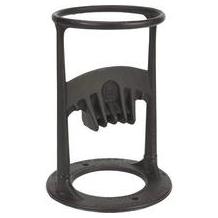
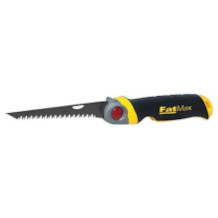

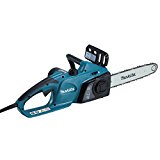
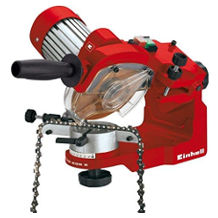

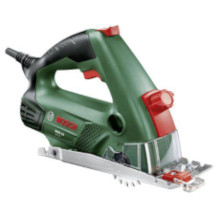
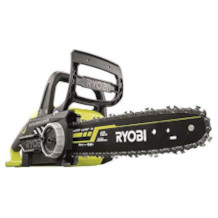
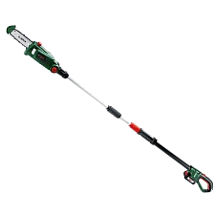
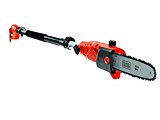
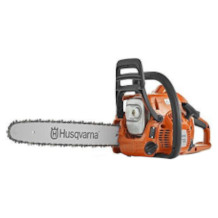
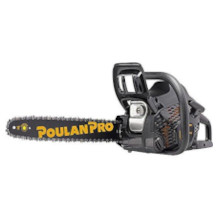
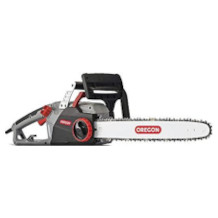
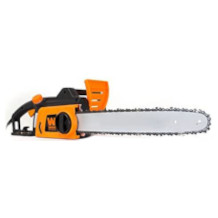
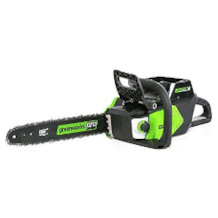

 468 reviews
468 reviews
